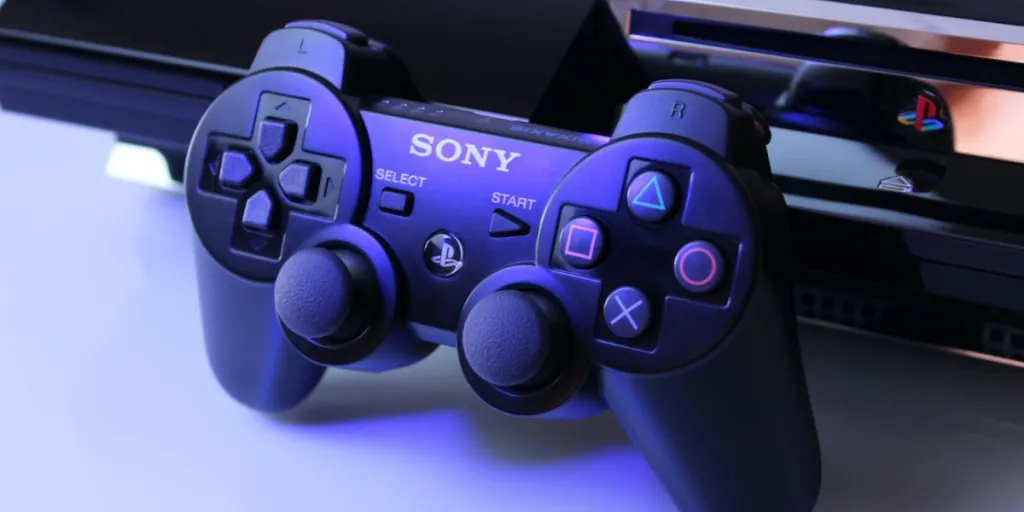The handheld gaming landscape is more than just a realm of entertainment—it’s a dynamic market where cutting-edge technology meets user demand. For online retailers, understanding the capabilities of these game players is crucial. These devices, with their advanced graphics, expansive game libraries, and versatile designs, are transforming how users engage with digital content, making them a must-have for many. As the line between gaming and daily productivity blurs, these handheld game players are becoming indispensable tools for both leisure and work, offering unparalleled value to users worldwide.
Table of Contents
2024 market snapshot: Data-driven insights
Criteria for success: Selecting the right handheld game players
Spotlight on 2024’s top handheld game players and their features
Conclusion
2024 market snapshot: Data-driven insights

Global demand and sales trends
The handheld gaming console market has been witnessing steady growth in recent years, with a trajectory set to continue positively until 2030. As of 2023, the global Handheld Game Console market size is estimated to be worth USD 3.7 billion. The market is expected to grow annually by approximately 2.03% compound annual growth rate (CAGR) from 2023 to 2028. This growth is not just about numbers; it’s about the integration of cutting-edge technologies like artificial intelligence, machine learning, and blockchain to enhance product quality and efficiency. These technological advancements are setting new standards, making handheld game consoles more than just gaming devices.
Regional hotspots: Where the demand lies
Diving deeper into regional trends, growth markets such as Asia-Pacific, the Middle East, Africa, and Latin America are pivotal in driving the global player increase. These regions are witnessing a surge in their online populations, thanks to improved mobile internet infrastructure, affordable smartphones, and a burgeoning middle class. Interestingly, by 2022, the Middle East and Africa are expected to surpass even Europe’s player numbers. This shift underscores the importance for retailers to understand regional dynamics and cater to these emerging markets.
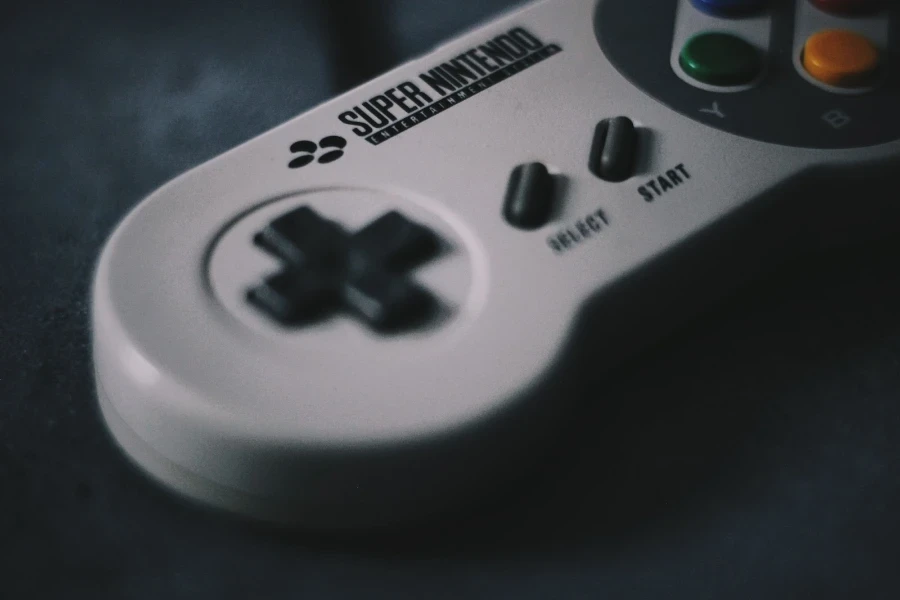
Consumer preferences: What players want
When it comes to monetization, the gaming market is evolving rapidly. In-game revenues, central to the free-to-play monetization model, are becoming dominant. This model is particularly prevalent in mobile and PC gaming and is reshaping how console games are monetized. On mobile platforms, a staggering 98% of all game revenues are generated through in-game transactions, a figure that’s predicted to inch closer to 100% in the coming years. However, it’s worth noting that the market for premium (paid) games on mobile is also growing, albeit at a slower pace, through services like Apple Arcade and digital board games. For console platforms, subscription services are gaining traction, accounting for 13% of console revenues in the current year. This data underscores the importance for retailers to align their product offerings with consumer preferences and the evolving monetization landscape.
Criteria for success: Selecting the right handheld game players
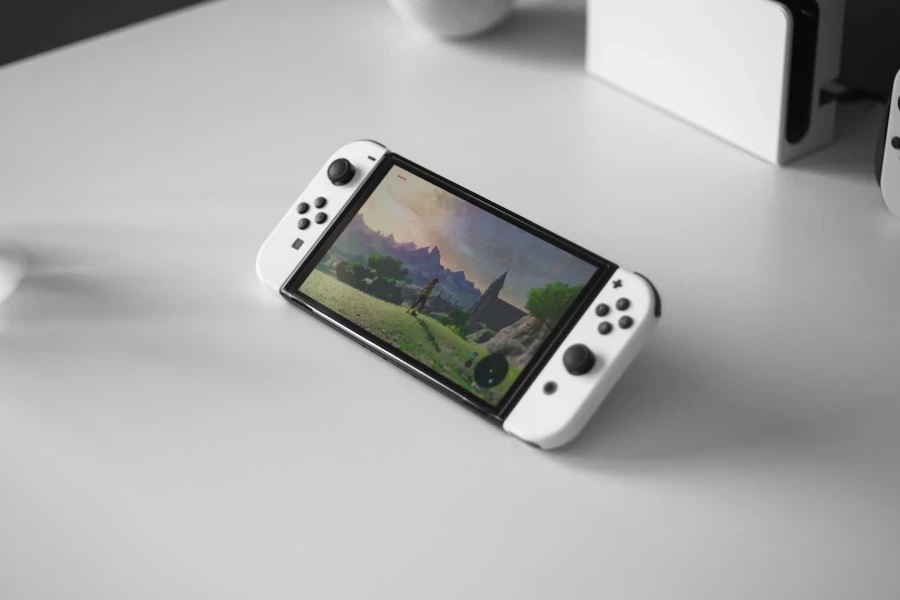
Performance and technical specifications
In the realm of handheld game players, performance is paramount. A device’s processing power determines the fluidity of gameplay and the ability to run high-end games without lag. The latest handheld consoles are equipped with advanced chipsets, ensuring seamless gaming experiences. Battery life is another crucial factor. For professionals on the move, a long-lasting battery ensures uninterrupted gameplay during commutes or breaks. Additionally, storage capacity plays a role, especially for those who prefer downloading games rather than streaming.
Game library and compatibility
A device’s value is often gauged by its game library. Engadget emphasizes the significance of a diverse game library, as it caters to a broader audience with varied tastes. Compatibility is equally vital. Devices that support popular titles and allow cross-platform play are more likely to gain traction. This flexibility ensures that users can access their favorite games, irrespective of the platform they were initially designed for.

Design and user experience
Beyond technicalities, the design and user experience hold weight. Pocket Tactics notes that ergonomics play a pivotal role in user comfort, especially during extended gaming sessions. Screen quality, too, can make or break a device. Crisp displays with vibrant colors enhance the gaming experience, drawing players into the virtual world. The overall design aesthetics, from the button layout to the device’s weight, contribute to its appeal and practicality.
Price points and value proposition
Lastly, the balance between cost and features is a delicate dance. Retailers must understand their target audience’s budget constraints and preferences. Offering a device loaded with features at a steep price might deter potential buyers. Conversely, a budget-friendly device lacking essential features might not find many takers. The key lies in understanding the value proposition – ensuring that the price aligns with the features and benefits offered, creating a compelling reason for purchase.
Spotlight on 2024’s top handheld game players and their features
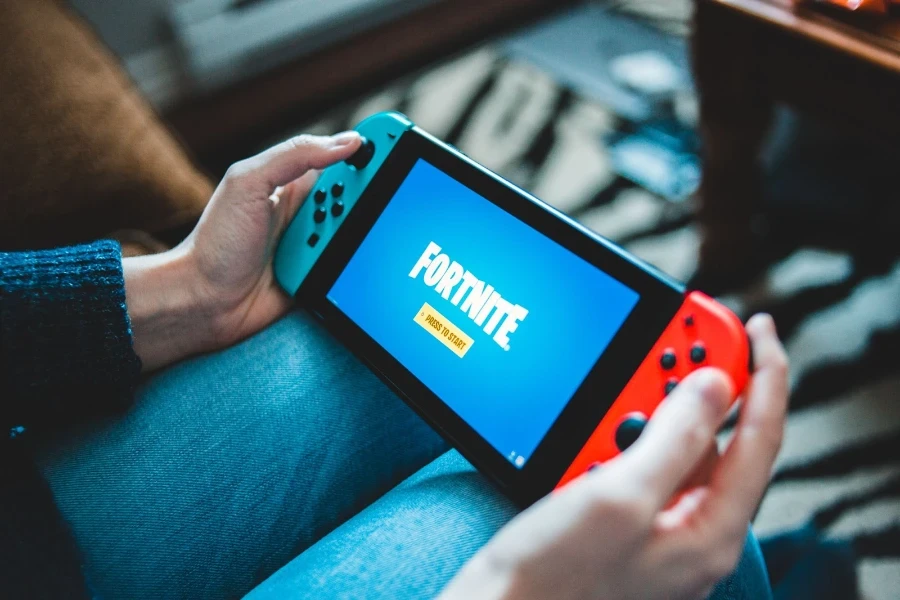
Nintendo Switch OLED: Leading the pack
The Nintendo Switch OLED has emerged as a frontrunner in the handheld gaming arena. Its vibrant OLED screen, coupled with an expansive game library, sets it apart. The device’s dual nature, allowing users to switch between handheld and TV modes, adds to its allure. The improved audio, kickstand, and enhanced storage make it a top choice for both casual gamers and enthusiasts.
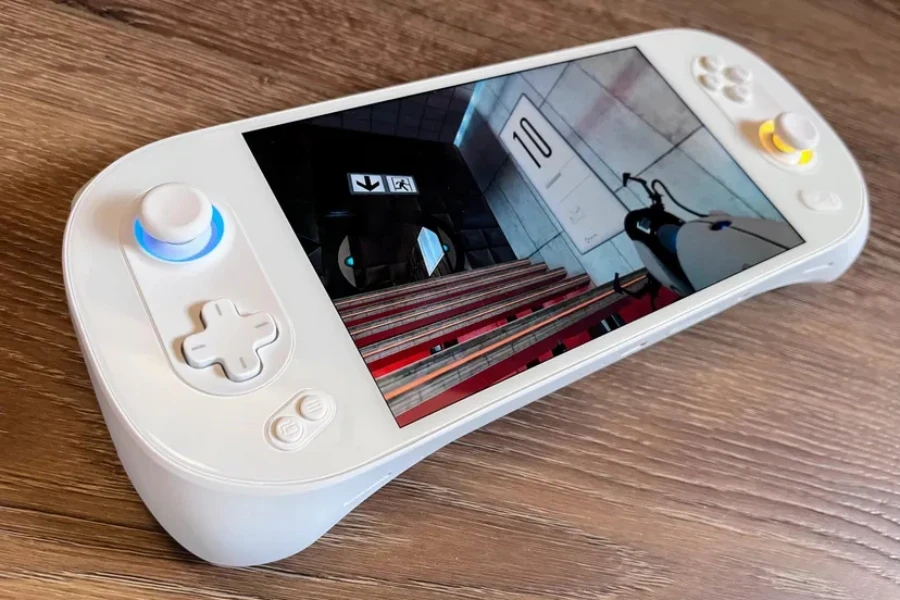
Emerging contenders: Ayaneo, valve steam deck, and more
While the Nintendo Switch OLED dominates, other contenders are making their mark. Engadget highlights the Ayaneo 2, a premium handheld gaming PC that rivals even the best in the market. Its performance metrics and design aesthetics make it a worthy competitor. The Valve Steam Deck, with its vast Steam game library and ergonomic design, is another notable mention. These devices, with their unique offerings, cater to a diverse user base, ensuring that retailers have a plethora of options to stock.
Niche offerings: Playdate, analogue pocket, and unique finds
Venturing into niche markets, the Playdate stands out with its indie games and inventive crank design, as noted by Pocket Tactics. The Analogue Pocket, catering to retro gaming enthusiasts, supports a range of old-school games, making it a collector’s delight. These niche products, while not mainstream, cater to specific consumer segments, offering unique value propositions that can be lucrative for retailers targeting specialized markets.
Conclusion
In the ever-evolving world of handheld gaming, staying updated with the latest trends and products is imperative. The 2024 market is ripe with opportunities, from mainstream devices like the Nintendo Switch OLED to niche offerings like the Playdate. For retailers, understanding consumer preferences, technical specifications, and market dynamics is crucial. By aligning product offerings with market demand and staying attuned to emerging trends, retailers can craft a successful strategy, ensuring sustained growth and profitability in this booming sector.
